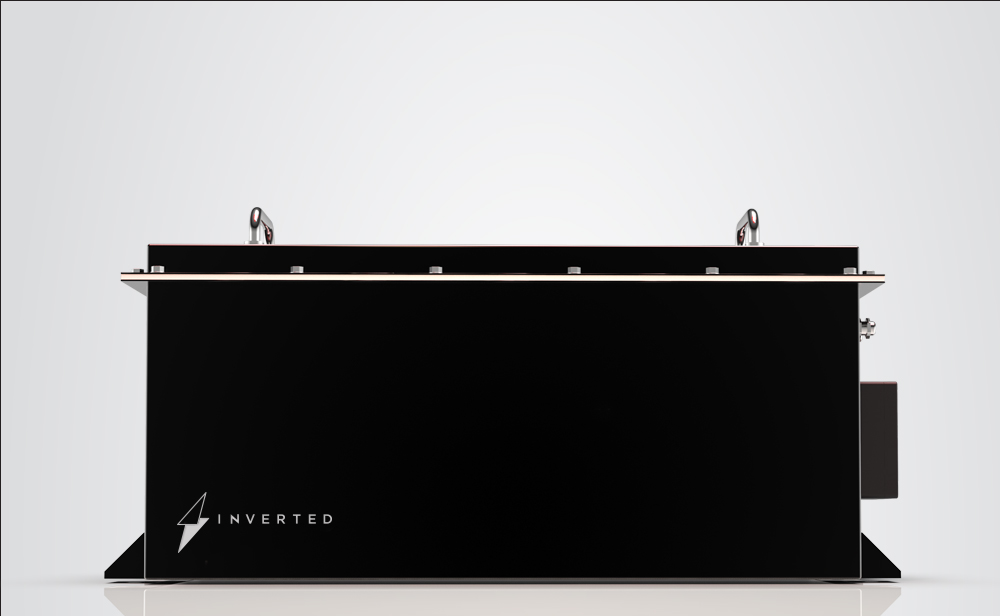India Electric 3-Wheeler Market Overview
One of the major modes of public transport primarily in Asian Countries ∙ The Asia Pacific electric 3-wheeler market is projected to reach USD 11,935.1 million by 2023
Market Segmentation:
∙ e-rickshaw
∙ e-auto
Battery Type and Capacity:
∙ Lead-acid and lithium-ion batteries with 1.2 to 8kWh
Purpose of E3W(Electric 3 Wheelers)
∙ The E3W market in India evolved out of a necessity to provide cheap, last mile connectivity in many urban centres.
∙ They also serve as a preferred transport mode for short trips in small and medium cities, and as feeders to the public transportation system in the metropolitan cities. ∙ This mode bridges the mobility gap created by inadequate public transport system in Indian cities.
∙ The electrification of auto-rickshaws may result in lower operation and maintenance costs as compared to Internal Combustion Engine (ICE) vehicles making them economically viable for the owner / driver.
∙ The small commercial vehicles (e.g. Tata Ace, Mahindra Jeeto, Suzuki Super Carry) and 3- wheeler goods vehicles (Piaggio Ape, Bajaj Maximo) are primarily used in last mile logistics and delivery. E-commerce is a key driver of this vehicle segment. E-commerce companies are increasingly looking to reduce their carbon footprint.
Challenges faced with Electric 3 Wheeler batteries are discussed below
Unlike other geographies, the adoption of EVs in this range in India is driven by them being an economic alternative to ICE rather than environmental considerations, confirming India being a uniquely value conscious market in EVs.
- Range Anxiety
A petrol powered three-wheeler has a running cost of about Rs 4 per km, while the running cost of its electric alternative is around Rs. 0.5 per km. But an electric three wheeler has a smaller driving range of about 130 km for a full charge as compared to
190-200 km on a full tank of petrol. Counteractive measures have to be taken into account to solve the problem of range anxiety.
- High cost of Lithium Ion batteries compared to Lead Acid batteries The demand for lithium batteries in e-rickshaw is slowly and gradually going up and we expect that it would be 50 per cent of the market size in the next three to four years. Currently the cost of lithium is more expensive than lead acid which is squeezing the demand of these batteries.
The government should reduce import duty on raw materials (not EV components) like Li-ion cells, to motivate large scale manufacturing and encourage incentives for logistic companies to switch a significant percent of their fleet to electric.
- Additional Parking Space to charge E3W batteries
In response to the lack of charging stations, the Municipal Corporation/Nagar Palika is making available parking lots for installation of charging stations for e-rickshaws. This requires additional Parking Space to charge E3W batteries where charging is done mainly at night to facilitate commute during the day. Parking space – it is a fixed cost that has to be incurred if there is no secured place available.
Also, in recent times, scaling of e rickshaws has started across multiple metro stations through a ride sharing app. All these needs proper battery charging infrastructure.
- Long Charging hours
While current price points would typically make E3W less competitive than ICEs. Also normal E3W battery takes 3-8 hours to charge. Hence, there is need to eliminate this idle time.
If Battery Swapping is introduced, then the E3W market can really take off. It takes not more than 2 minutes to replace the discharged battery with a fully charged battery at Battery Swapping stations. This could eliminate multiple limitations. India is also pushing for battery swapping to decrease upfront costs and accelerate adoption in E3W segment. If adopted, the model has great benefit to E3W segment. Adoption by e
rickshaws also stems from the fact that their routes are more standardized, making it easier to identify locations where swapping stations would see sufficient demand.
More recently, the government (ministry of road transport and highways) has announced that the sale of electric two and three-wheelers can be allowed without batteries.
Still to implement Battery Swapping effectively, standardization of battery pack has to be done. The lack of standardization of battery pack requires company-specific replacement stations, which may prove costly if they cannot be scaled up. Businesses also
need to ensure the maintenance and adherence to quality and safety standards of the battery pack. This requires a coordinated effort across the EV supply chain.
- Other Issues
Issues related to the liability of damaged battery and the role of insurance companies need to be carefully spelled out. It is important to add several value propositions to E3W batteries’ customers to make it viable such as portability, ease of battery exchange, maintenance and after-sales, recycling of batteries, availability of battery replacement stations, among other factors.
These E3W are predominantly intra-city vehicles with high vehicle usage and single journey rarely more than 100 km. Hence, in our view this segment is ripe for electrification. Additionally, this is a segment which has evolved in India with a lot of frugal engineering. We envisage this as a segment where India can establish global leadership in both products and business models, with potential to export to other developing countries.



Leave A Comment